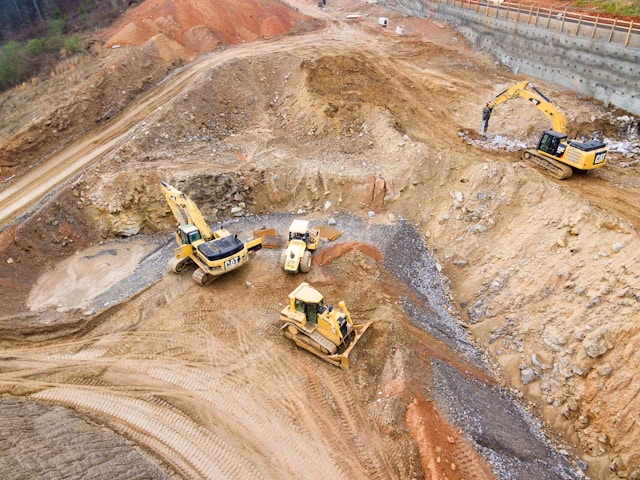
Turner Construction, working in joint venture with UJAMAA, has completed a complex expansion project at Hartsfield–Jackson Atlanta International Airport, delivering critical new vertical transportation capacity at Concourse T. The project, known as the Concourse T Midpoint Vertical Transportation Expansion, was designed to meet growing passenger demand and relieve congestion between Concourse T and the Plane Train station—one of the busiest passenger circulation nodes in the airport.

As the busiest airport on the planet by passenger volume, ATL requires construction teams to perform major upgrades without disrupting the constant movement of travelers, staff, equipment, and aircraft. Turner and UJAMAA’s scope included:
These tasks had to be performed while maintaining continuous operations in and around an environment where delays and closures can ripple across global flight schedules.
The newly expanded concourse incorporates dynamic glass technology, which adjusts tint automatically based on sunlight, temperature, and time of day. This reduces glare, enhances the passenger experience, and improves building energy performance.
Complementing the physical upgrades are three digital art installations by world-renowned artist Refik Anadol. These displays use real-time airport operations data—such as aircraft movement, passenger flow, and environmental conditions—to generate shifting, abstract visualizations that give travelers a unique window into the airport’s inner workings.
Achieving significant structural modifications in the heart of an operating airport required meticulous coordination. The project team faced stringent constraints, including:
To accomplish this, Turner developed a multi-phase, logistics-heavy plan designed around night work, sequencing, and continuous communication with airport partners. This included detailed passenger-flow mapping, vehicular traffic diagrams, and stakeholder alignment meetings to minimize conflicts.
Innovative engineering played a central role in keeping the airport moving during construction. A Dywidag post-tensioned wall system allowed passenger traffic to continue flowing through the AGTS level, eliminating the need for bulky temporary bracing and reducing potential bottlenecks.
In one of the project’s most demanding utility efforts, the team rerouted approximately 300 feet of jet fuel lines. Two new 16-inch lines were installed outside the new building footprint and connected in staggered phases—resulting in just four hours of downtime, the shortest such interruption at ATL in two decades.
One of the most remarkable achievements was the installation of an 85-foot-long escalator into its final position in a single coordinated lift. While such equipment typically requires multiple crane picks and weeks of sequential work, Turner engineered a method using:
This unusual approach compressed what would have been a multi-week process into one night, minimizing operational impacts on concourse traffic.
.jpg)
Throughout construction, approximately 200 million passengers safely moved through the project area—a testament to the careful planning and real-time coordination between Turner, UJAMAA, airport officials, airlines, contractors, and multiple utility partners. Both AGTS service and egress paths remained open for the duration of the project.
The team achieved turnover one month ahead of schedule, delivering the project in time for the high-volume Thanksgiving travel period. The expanded vertical transportation capacity, enlarged waiting areas, and smoother connections between the concourse and the Plane Train have already begun relieving congestion and improving overall passenger flow.
The project marks a significant investment in the long-term efficiency and resilience of the world’s busiest airport. By enhancing circulation capacity and modernizing key infrastructure, the Concourse T expansion sets the stage for future upgrades and increased passenger volumes expected over the coming decade.
Turner's work reinforces its role as one of the leading builders of aviation infrastructure in the United States—capable of executing high-risk, high-complexity work in live operational environments without sacrificing safety, speed, or reliability.
Originally reported by Turner Construction.